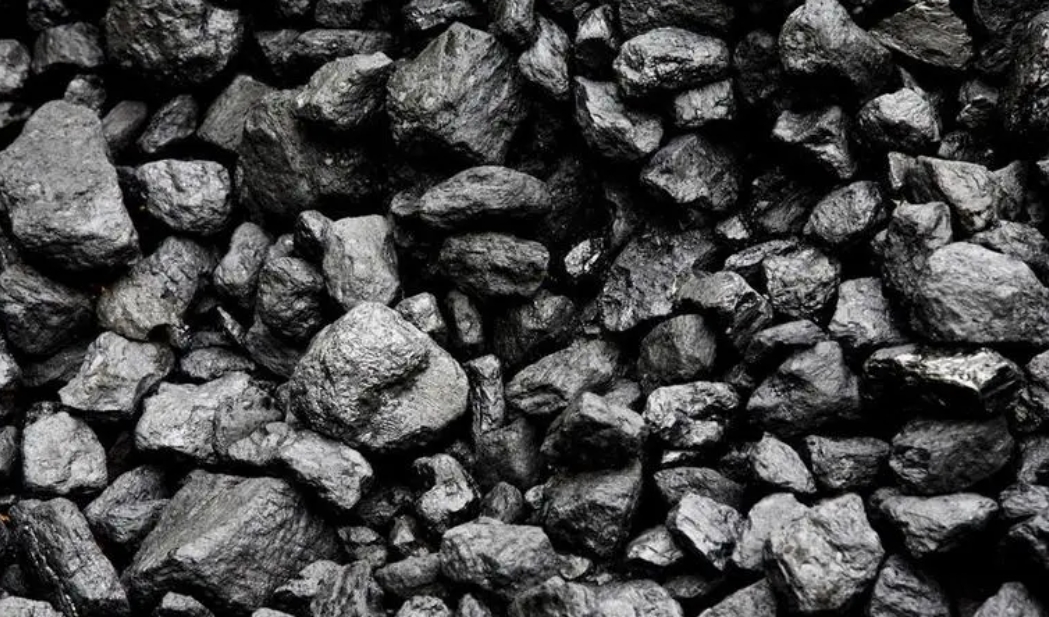Russian arrivals were 7.64 million tons last month, compared to September's 9.24 million metric tons, registering their lowest level since February, data from the General Administration of Customs showed on Monday.
The falling shipments came partly as a new export duty on some Russian commodities, including coal, went into effect on October 1, making Russian imports more expensive.
Prices for thermal coal with energy content at 5,500 kilocalories (kcal) were traded at about $102 per metric ton in early November at Russia's eastern ports on the free-on-board (FOB) basis, according to trading sources. That compares to about $95 a ton for the same quality of Australian coal.
But October's Russian coal arrivals remained 19% higher than the same period in 2022.
Imports from Mongolia, largely of coking coal, were 5.01 million tons, down from September's 6.71 million tons. The shipments were mainly brought down by the week-long National Day holiday in early October, which impacted overland customs between Mongolia and China, according to market participants and analysts.
Indonesian coal shipments also fell last month, to 15.78 million tons from 18.06 million tons in September.
Meanwhile, Australian coal arrivals totalled 4.99 million tons in October, slightly up from 4.9 million metric tons in the previous month, even as imports from most origins declined.
Chinese traders and downstream users have been increasing coal purchases from Australia since Beijing removed a nearly two-year-long ban on coal trade with Australia in January.
But Australian coal has since become less attractive as the price has increased compared to domestic supplies, said the market sources analysts.
China's coal-fired power plants are sitting at a inventory level much higher than previous years, discouraging them from placing fresh buying orders and capping their demand for high-quality thermal coal.
The purchase interest from utilities are mainly focused on low- and medium quality thermal coal at 3800-4200 kcal thermal coal, they said.
